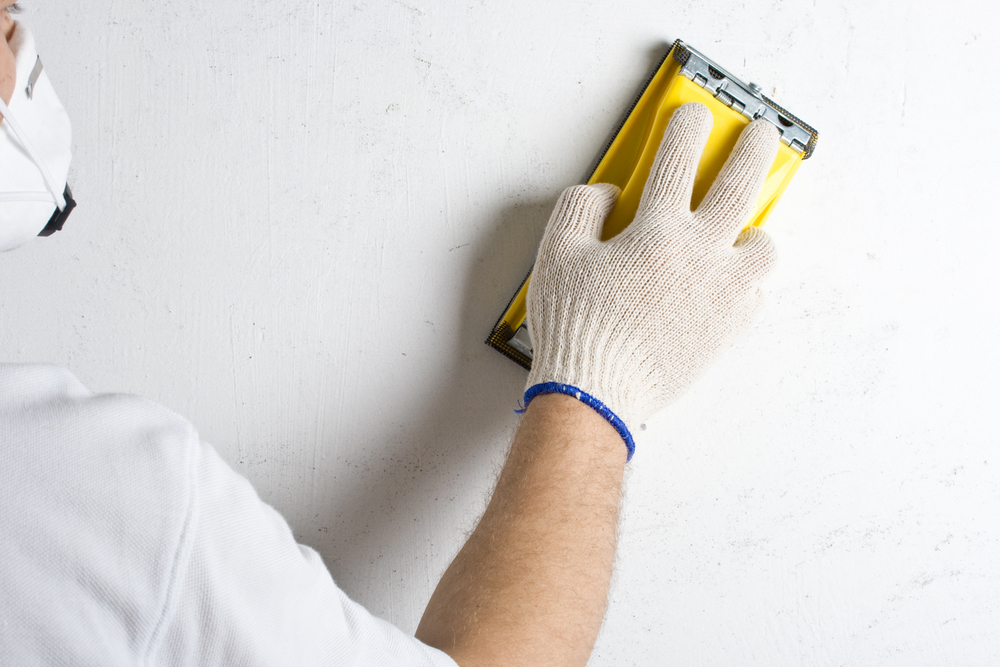When it comes to painting, proper surface preparation is a vital step to achieving a high-quality, long-lasting finish. One of the most efficient ways to apply paint is through paint spraying, but to ensure that the paint adheres properly and there are no imperfections in the final coat, it's essential to properly prepare the surface beforehand.
Here are some important steps to take when preparing a surface for paint spraying:
- Fill any holes, dents & cracks.
If the surface has any holes, gaps, or cracks, use a filler or spackling compound to fill them in, this will ensure a blemish-free finish. Depending on the surface, different types of filler may be required, so choose the one that is appropriate to the surface you're working on. Apply the filler evenly and let it dry completely before sanding it smooth. - Mask off areas not being painted.
Protecting any surfaces you don't want painted, including windows, trim, or hardware, is important while painting. Use masking tape and masking paper to mask off these areas. Make sure the tape is applied evenly and tightly to prevent any paint from seeping through. You can save time and hassle by carefully masking up such things in advance. This will help you avoid having to spend time and effort removing unwanted paint. - Sand the surface.
If the surface is rough or has any imperfections, sand it with a fine-grit sandpaper. This will create a smooth surface for the paint to adhere to. The surface must be sanded equally, excessive sanding in one place can lead to uneven surfaces. After sanding, use a clean cloth or tack cloth to remove any dust or debris. - Clean the surface.
It's important to make sure the surface is clean, any traces of oil, dust, or dirt can prevent paint from adhering to the surface, leading to a poor-quality finish. If the surface is particularly oily or greasy you can also use a degreaser. Make sure to rinse the surface thoroughly with clean water and let it dry completely before moving on to the next step. - Apply a primer.
Applying a primer is an important step to ensure proper adhesion and durability of the paint. Choose a primer that is appropriate for the surface you're painting, such as a metal primer for metal surfaces, or a wood primer for wood surfaces. Apply the primer evenly and let it dry completely before moving on to the next step. - Spray your chosen paint.
Now you're ready to apply the paint using a paint sprayer. Be sure to follow the manufacturer's instructions for the proper application technique and the recommended number of coats. Make sure you apply the paint evenly, and avoid spraying too much in one spot, which can create drips and runs. Let the paint dry completely before applying additional coats or removing the masking tape and plastic sheeting.
By following these steps for preparing a surface for paint spraying, you can ensure a high-quality, long-lasting finish that will look great for years to come.


